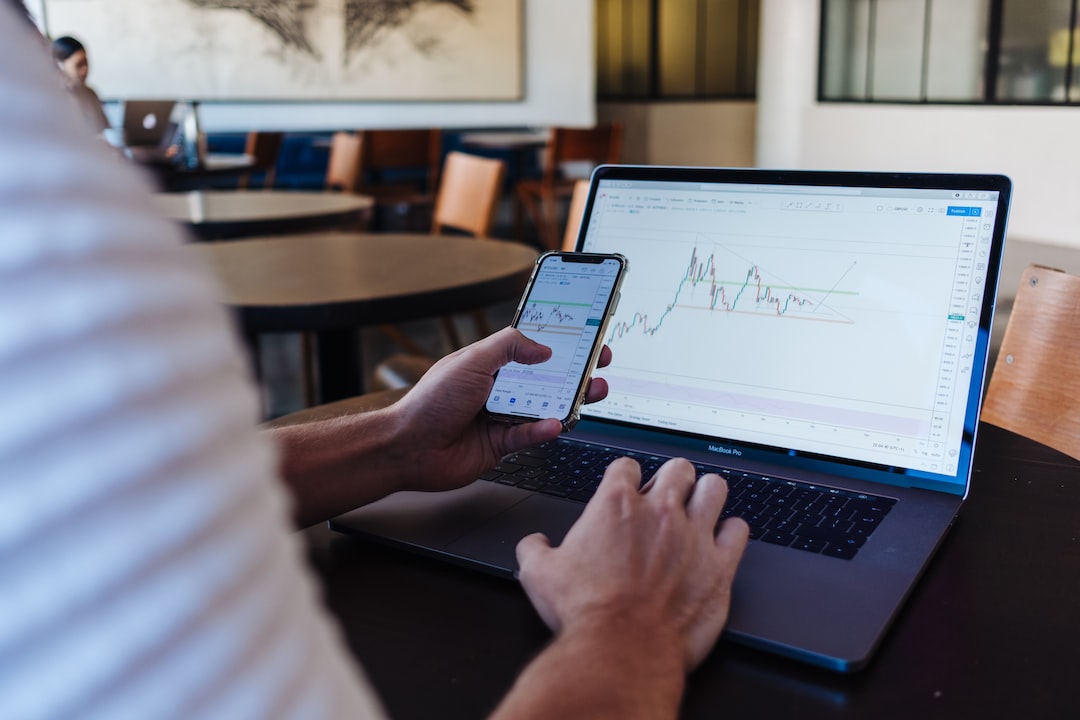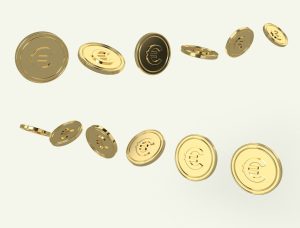Forex trading is a popular way to invest and make money from the foreign exchange market. It involves buying and selling different currencies in order to make a profit. One of the key concepts in forex trading is the use of leverage. Leverage is a tool that traders can use to increase their potential profits, but it can also increase the risks involved. In this article, we will explore how much leverage is appropriate for forex trading.
What is leverage in forex trading?
Leverage is a technique that allows traders to borrow money from their broker in order to trade larger positions than their account balance would allow. For example, if a trader has a $10,000 account balance and uses 100:1 leverage, they can trade up to $1,000,000 worth of currency. This means that even small price movements can result in significant profits or losses.
Leverage is usually expressed as a ratio, such as 50:1, 100:1, or 500:1. The higher the ratio, the more leverage the trader is using. While leverage can amplify profits, it can also amplify losses. If the market moves against the trader, they can lose more than their initial investment.
How much leverage is appropriate for forex trading?
The appropriate amount of leverage for forex trading depends on several factors, including the trader’s experience, risk appetite, and trading strategy. Experienced traders who are comfortable with risk may use higher leverage, while beginners may prefer to use lower leverage.
In general, it is recommended that traders use no more than 10:1 leverage. This means that for every $1 of their own money, they can trade up to $10 worth of currency. This reduces the risk of large losses and allows traders to have more control over their trades.
However, some brokers offer higher leverage ratios, such as 50:1 or 100:1. While these ratios can increase potential profits, they also increase the risk of large losses. Traders should carefully consider their risk tolerance and trading strategy before using higher leverage.
It is also important to note that different currency pairs have different margin requirements. Margin is the amount of money that traders must deposit with their broker in order to open a position. Some currency pairs may require higher margin requirements than others, which can limit the amount of leverage that traders can use.
Potential risks of using too much leverage
Using too much leverage can result in large losses that can wipe out a trader’s account balance. For example, if a trader has a $10,000 account balance and uses 500:1 leverage, they can trade up to $5,000,000 worth of currency. Even a small price movement against their position can result in significant losses.
Traders who use high leverage ratios may also be at risk of margin calls. A margin call occurs when a trader’s account balance falls below the required margin level. When this happens, the broker may close out the trader’s positions to prevent further losses.
Another risk of using too much leverage is that it can lead to emotional trading. Traders who are under pressure to make large profits may be more likely to make impulsive trades or ignore their risk management strategies.
Conclusion
Leverage is a powerful tool that can increase the potential profits of forex trading. However, it also increases the risks involved. Traders should carefully consider their risk tolerance and trading strategy before using leverage. In general, it is recommended that traders use no more than 10:1 leverage to reduce the risk of large losses. By using leverage wisely, traders can maximize their profits while minimizing their risks.






